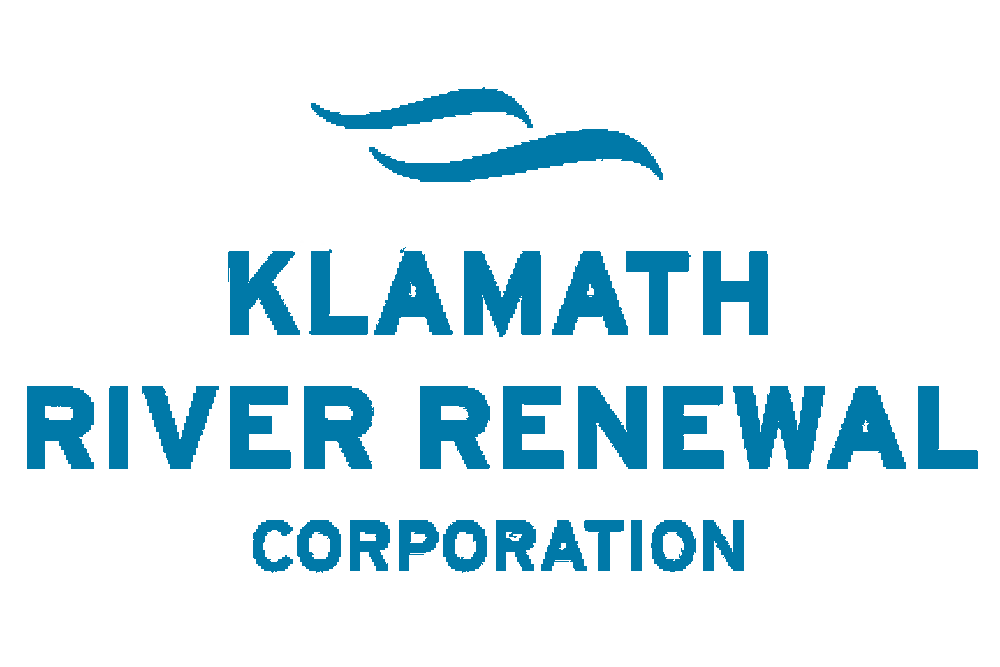FOR IMMEDIATE RELEASE
June 14, 2024
CONTACT:
Ren Brownell, Public Information Officer
(530) 670-0016
ren@klamathrenewal.org
Recent Klamath River Water Quality Testing Shows Continued Improvement
Heavy metals, which are found naturally in the region, continue to dissipate since the reservoirs were drained; river water is safe for recreation, irrigation, and treatment for drinking sources
Heavy metals, which are found naturally in the region, continue to dissipate since the reservoirs were drained; river water is safe for recreation, irrigation, and treatment for drinking sources
Camas collected water samples from 10 locations along the mainstem Klamath river from just upstream of the former J.C. Boyle Reservoir footprint in Oregon to Happy Camp, California on May 1st (from eight locations in California) and May 2nd (from two locations in Oregon). The samples were collected following the strict scientific procedures required for accurate results from this type of water quality sampling.
The ice-chilled samples were delivered to the Neilson Research Corporation laboratory in Medford, Oregon on the days they were collected. The laboratory reports provided by Neilson were then evaluated by an independent water quality analyst, Dr. Jacob Kann of Aquatic Ecosystem Sciences LLC. Dr. Kann has extensive Klamath River water quality experience. Both experts from Camas and Dr. Kann concluded that the river remains safe for recreation and agricultural uses and can be safely used as a raw water source for public drinking water systems that include filtration and treatment. Currently no public drinking water systems pull directly from the Klamath River, but the Caltrans Collier Rest Area on Interstate 5 will resume using Klamath River water as a drinking water source in mid-June. The rest area has a robust system for water filtration and treatment, and will test the filtered/treated water prior to resuming distribution to restrooms and drinking fountains at the rest area.
“We were very pleased to see that water quality is steadily improving and any short-term concentrations of heavy metals that had accumulated in the reservoir sediment have now dissipated,” said Mark Bransom, CEO of the Renewal Corporation. “The Renewal Corporation understands the community’s concerns about water quality, and our hope is that this recent round of testing will put any remaining concerns to rest.”
During the drawdown phase, which included the release of sediment-laden water behind the Iron Gate, Copco No. 1, and J.C. Boyle dams in January and February, Klamath River turbidity levels sharply increased for a short period. Metals data in Klamath River water collected by Siskiyou County on January 31st, 2024, showed elevated levels of aluminum, arsenic, iron, and lead that exceeded thresholds for treated human drinking water.
As noted in the recent analysis of water sampled, “total metal concentrations declined sharply from the Siskiyou County January 31st sampling date for all parameters, with cadmium, chromium-VI, lead, mercury, nickel, silver, and zinc not detected or below laboratory reporting limits during the May 1-2 sampling. For aluminum, iron, and arsenic, total concentrations also declined substantially from late January to early May.”
For more detailed information, see the full report and analysis.
The Klamath River Renewal Corporation (KRRC) is a private, independent nonprofit 501(c)(3) organization formed in 2016 by 23 signatories of the amended Klamath Hydroelectric Settlement Agreement, or KHSA. KRRC is part of a cooperative effort to re-establish the natural vitality of the Klamath River so that it can support all communities in the Klamath Basin. Signatories, which include the States of California and Oregon, local governments, Tribal nations, dam owner PacifiCorp, irrigators, and several conservation and fishing groups, appointed KRRC to take ownership and oversee removal of four hydroelectric dams on the river.
